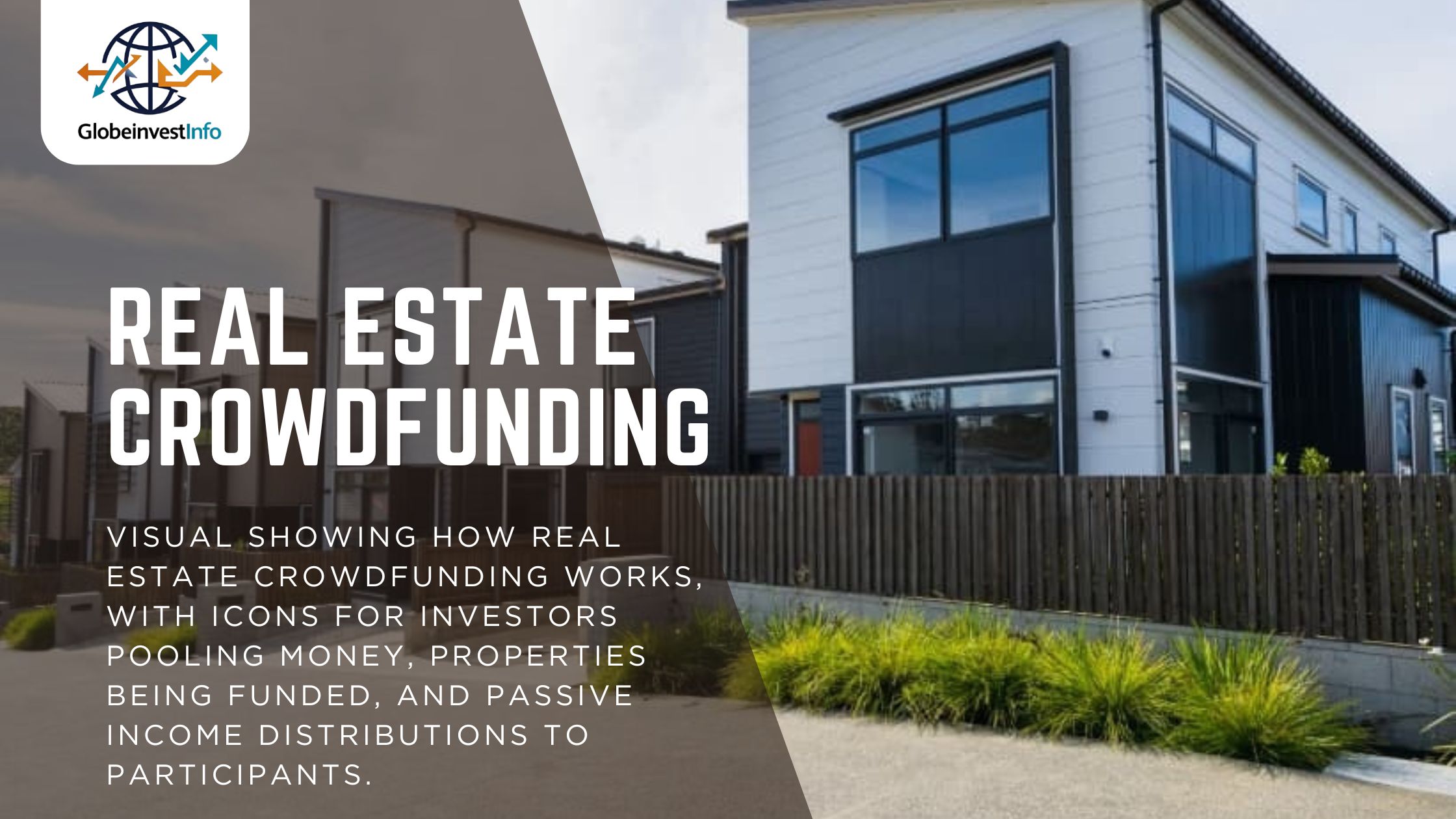Introduction
Building wealth through real estate has always been attractive, but for most everyday investors, the barrier to entry feels too high. You need tens of thousands in capital, time to manage tenants, and expertise to evaluate properties. That leaves many people stuck, believing real estate investing is only for the wealthy or experienced.
Here’s the problem: if you ignore real estate as part of your portfolio, you may miss out on one of the most consistent wealth-building tools available. Without a strategy, you risk having all your money in volatile assets like stocks, or sitting idle in low-yield savings accounts.
The good news? Real estate crowdfunding has changed the game. Today, you can access property markets across the U.S. with as little as a few hundred dollars, and you don’t have to be a landlord. This guide explains how real estate crowdfunding works, why it’s becoming a popular passive income strategy, and what beginners should know before diving in.
Quick Read
- Invest in real estate with as little as $500 through crowdfunding platforms.
- Generate passive income from rental distributions without managing tenants.
- Diversify across multiple properties instead of one risky investment.
- Watch out for fees, liquidity limits, and tax implications.
- Platforms like Fundrise and RealtyMogul are leading options for beginners.
What Is Passive Income?
Passive income is money earned with little to no active effort after an initial setup. Think of dividends, royalties, or rental payments from a property you don’t personally manage.
Real estate crowdfunding falls into this category because you invest capital into a professionally managed fund or project. The platform handles the property acquisition, tenants, and maintenance. You earn a share of the profits, typically through quarterly distributions and long-term property appreciation.
The key difference from being a landlord is that your role is financial, not operational. You don’t fix leaky faucets or chase late rent checks—you simply provide capital and receive income.
Key Steps for Real Estate Crowdfunding
Step 1: Choose a Platform
The first step is selecting a crowdfunding platform. Popular U.S. platforms include Fundrise, RealtyMogul, and CrowdStreet. Each has different minimum investment amounts, property types, and fee structures.
For example, Fundrise is often recommended for beginners because of its low minimum (just $10 to start with their Starter Portfolio) and simple mobile app. Platforms like CrowdStreet target accredited investors with larger sums but offer access to commercial projects. According to Investopedia’s 2025 rankings, Fundrise remains the top overall platform for accessibility and long-term performance.
Step 2: Evaluate Minimum Investment & Liquidity
Unlike buying a stock, real estate crowdfunding isn’t always liquid. Many platforms require holding your investment for at least five years. Some offer quarterly redemption windows, but access may be limited.
Before investing, ask yourself: Can I set this money aside long term? If you may need it in 12 months, crowdfunding might not be the right fit.
Step 3: Understand Fees and Returns
Fees vary widely. Most platforms charge management fees between 0.5% and 2% annually. Others may include performance fees if returns exceed a benchmark.
Returns depend on the property type—residential rentals often generate steady 5–8% annual yields, while commercial projects may aim higher but carry more risk. Always review the projected return, risk profile, and fee disclosure before committing.
Smart Strategies for Real Estate Crowdfunding
Diversifying Income Streams
Even though real estate crowdfunding is a promising passive income strategy, it shouldn’t be your only one. Combine it with dividend-paying ETFs, peer-to-peer lending, or digital income products. This spreads your risk and ensures you’re not overly dependent on property markets.
Entrepreneur experts remind us that not all passive income is truly hands-off—some require initial effort, setup, or monitoring. Think of crowdfunding as a semi-passive option: less work than landlording, but more responsibility than just buying a bond.
Managing Risk
Risk is unavoidable in any investment. Property values can fall, tenants can default, and crowdfunding platforms themselves could run into financial trouble.
Ways to reduce risk:
- Invest across multiple properties rather than one project.
- Start with smaller amounts until you understand the process.
- Stick with platforms that publish audited financials and have a strong track record.
Tax Considerations
Income from real estate crowdfunding is usually taxed as ordinary income. That means your rental distributions may face a higher tax rate than long-term stock gains. However, you may also qualify for depreciation deductions or other write-offs depending on the platform. Always consult a tax advisor before scaling your investments.
Pros and Cons
| Pros | Cons |
|---|---|
| Low entry point—invest with a few hundred dollars | Limited liquidity—funds may be locked for years |
| Passive cash flow without managing tenants | Returns can vary widely based on property performance |
| Access to commercial real estate once reserved for the wealthy | Fees reduce net profits |
| Diversification across multiple projects | Platform risk if company shuts down |
FAQs
Q1: Is real estate crowdfunding truly passive income?
Yes, it is passive compared to owning rental property directly. However, you still need to research platforms and monitor your investment.
Q2: How much money do I need to start?
Some platforms allow entry with just $10–$500, making it more accessible than buying a house outright.
Q3: Are these platforms regulated?
Yes. U.S. real estate crowdfunding platforms must comply with SEC regulations, though regulation doesn’t eliminate all risks.
Conclusion
Real estate crowdfunding is one of the most approachable ways to start building passive income in the U.S. With low entry costs and professional management, it opens real estate investing to everyday investors.
If you’re serious about diversifying your income streams, this strategy can complement other investments like dividend stocks or digital businesses. But remember—returns aren’t guaranteed, liquidity is limited, and fees matter.
Want to keep learning about building wealth the smart way? Check out our finance blog, where we break down investment strategies, compare platforms, and share real stories from people growing their money through passive income ideas.
Sources
- Investopedia – Best Real Estate Crowdfunding Sites of 2025
- Entrepreneur – Passive Income Ideas Worth Considering
- FundsforNGOs – Real Estate Crowdfunding for Passive Income
Kelsey Johnson is a seasoned business writer specializing in strategy, marketing, and entrepreneurship. Her concise, insightful blogs help professionals drive growth and make smarter business decisions.

